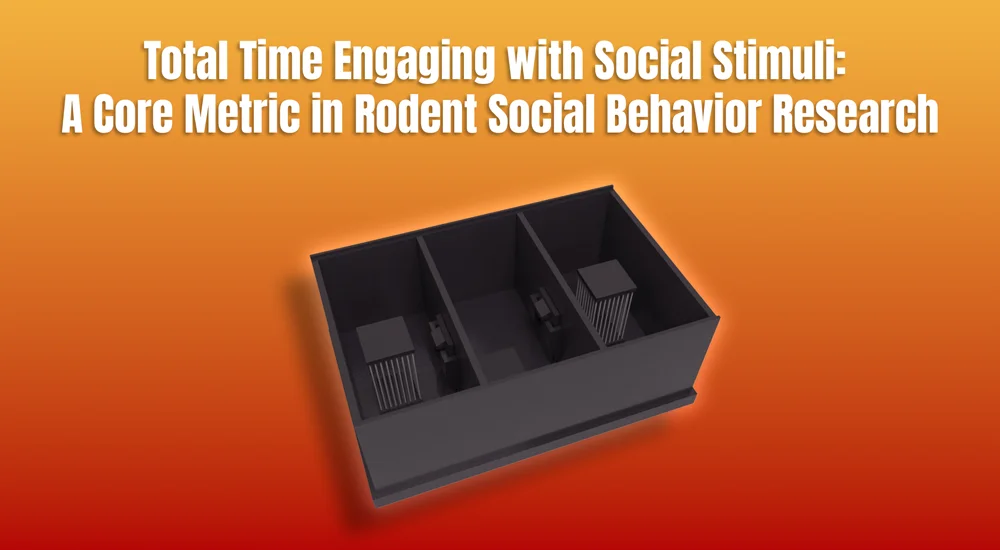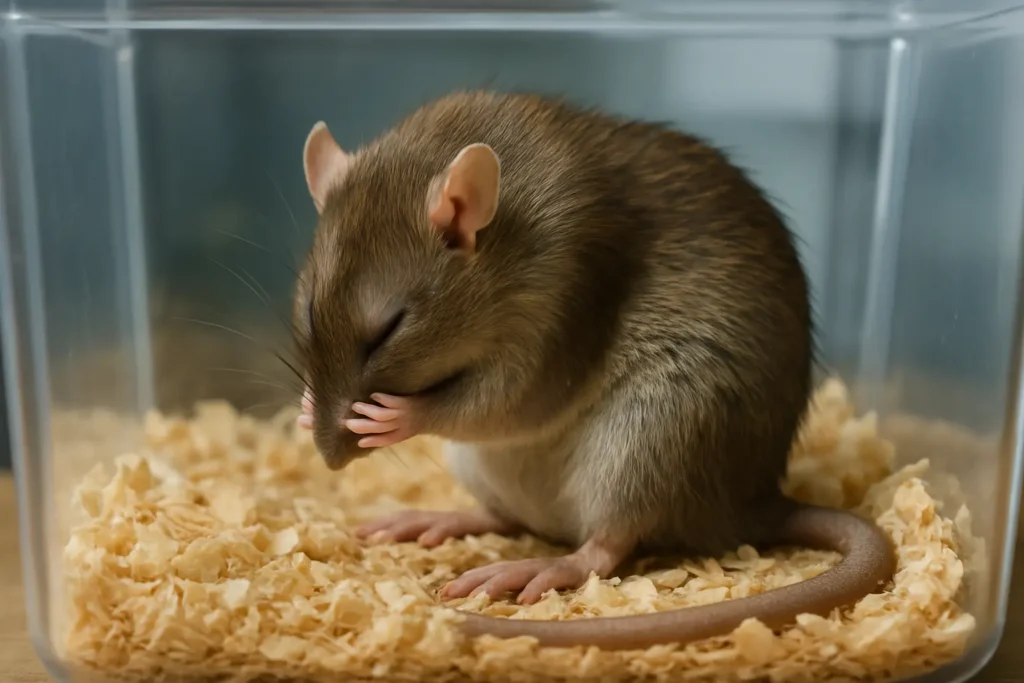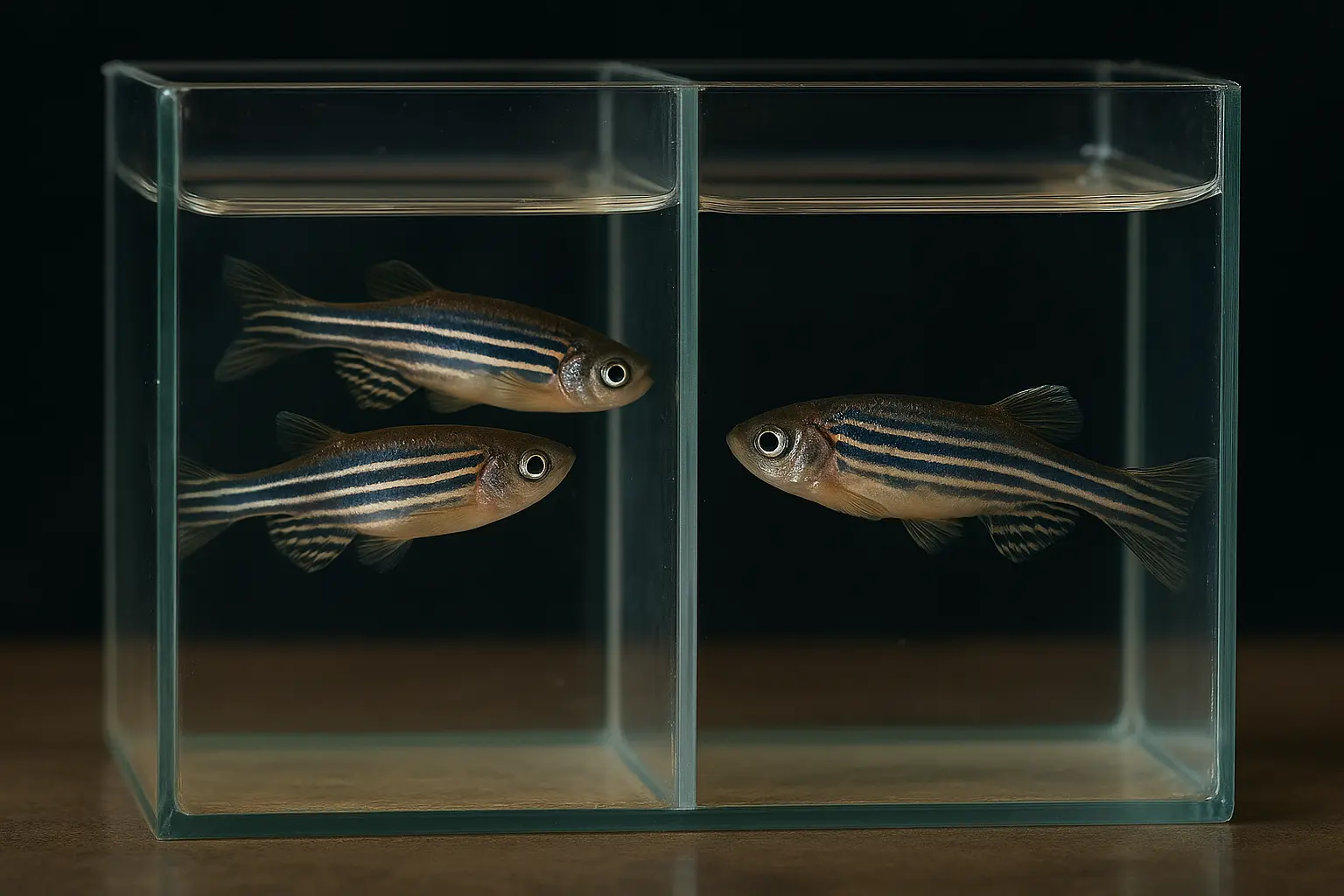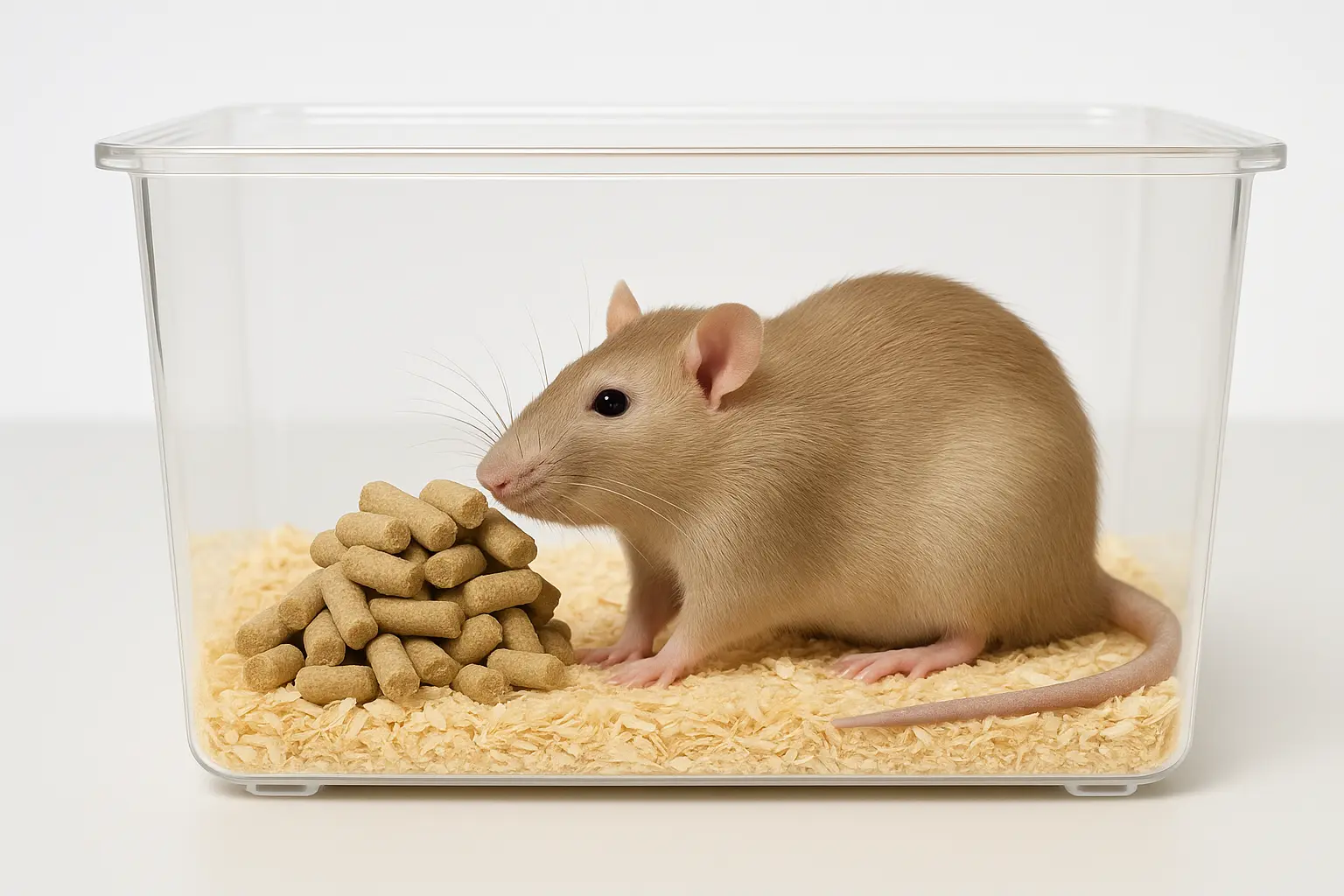

Grooming is one of the most common yet most overlooked behaviors in animals. For many species, grooming is not just about hygiene—it is a complex, ritualistic behavior that reveals insights into their emotional state, social interactions, and neurological health. Among rodents, grooming is a sophisticated and highly organized activity, offering researchers a valuable window into the mind of these small mammals.c
But what makes grooming so significant? At first glance, grooming might appear to be a mundane, automatic activity—a simple action that keeps animals clean and free from parasites. However, beneath the surface, grooming is a silent language—an intricate behavioral code that reflects an animal’s internal world.
Grooming is not exclusive to rodents. It is a universal behavior observed in a wide range of species, from insects meticulously cleaning their antennae to primates engaging in social grooming sessions that reinforce bonds within a group. Among cats, grooming is a method of self-care and stress reduction, while birds engage in preening to maintain feather health and align feathers for efficient flight.
In rodents, however, grooming is an especially rich behavior—one that is highly structured and follows a predictable sequence. This structured nature makes it an ideal subject for scientific study. Researchers can precisely measure and quantify grooming actions, using them as indicators of an animal’s physiological and psychological state.
The origins of grooming can be traced back to the earliest animals, where it likely began as a basic survival strategy. For primitive species, removing parasites, dirt, and debris was essential for maintaining health and avoiding infections. Over time, grooming evolved beyond mere hygiene, becoming a complex behavioral phenomenon with multiple functions:
This stereotyped sequence is controlled by specific neural circuits in the brain, making grooming a useful model for studying neurological function (Berridge, 1989).

Grooming is not just a reflexive action—it is a complex, precisely regulated behavior controlled by an intricate network of neural circuits in the brain. In rodents, grooming is a highly stereotyped sequence of actions, moving from face grooming to body and tail grooming. But what makes this sequence so consistent? What drives a rodent to engage in this behavior, and what happens in the brain when this process is disrupted? The answers lie in the neurobiology of grooming.
Grooming is a multi-step process, and each phase is controlled by specific regions of the brain. These regions work together in a hierarchical manner, with each region playing a unique role in initiating, maintaining, and terminating grooming behaviors.
Grooming behavior is a powerful tool for studying psychiatric disorders in rodents:
Dopamine agonists restore grooming, providing a model for dopaminergic therapies (Columbus et al., 1998).
Grooming is also a sensitive indicator of environmental health. Subtle changes in grooming can reveal the presence of toxic substances:
Grooming is a silent language—a way for rodents to express their internal state, maintain their well-being, and even connect with each other. But for scientists, grooming is a window into the brain, a way to explore how neural circuits, neurotransmitters, and genetics shape behavior.
At Conduct Science, we provide the tools to capture, quantify, and understand this silent language—turning the humble act of grooming into a gateway to the mind.
Written by researchers, for researchers — powered by Conduct Science.










Monday – Friday
9 AM – 5 PM EST
DISCLAIMER: ConductScience and affiliate products are NOT designed for human consumption, testing, or clinical utilization. They are designed for pre-clinical utilization only. Customers purchasing apparatus for the purposes of scientific research or veterinary care affirm adherence to applicable regulatory bodies for the country in which their research or care is conducted.